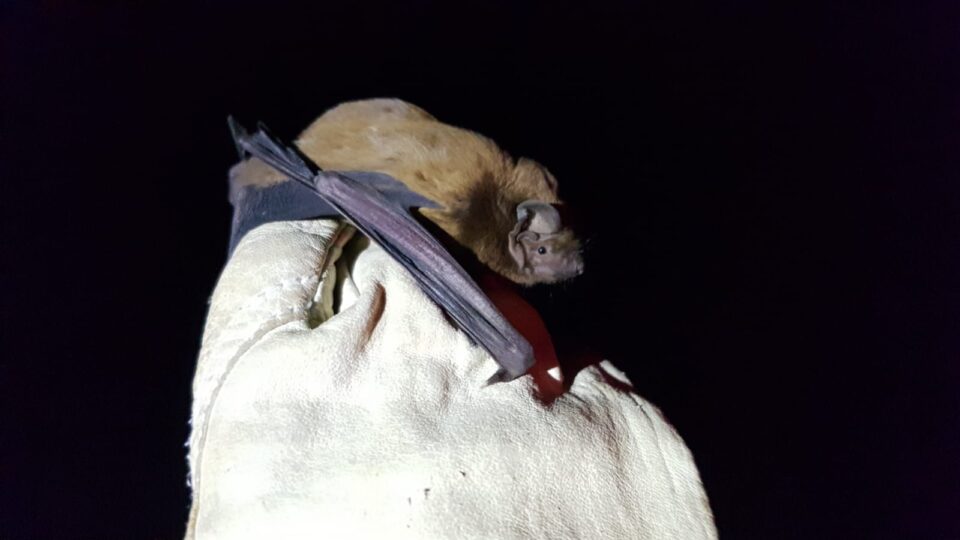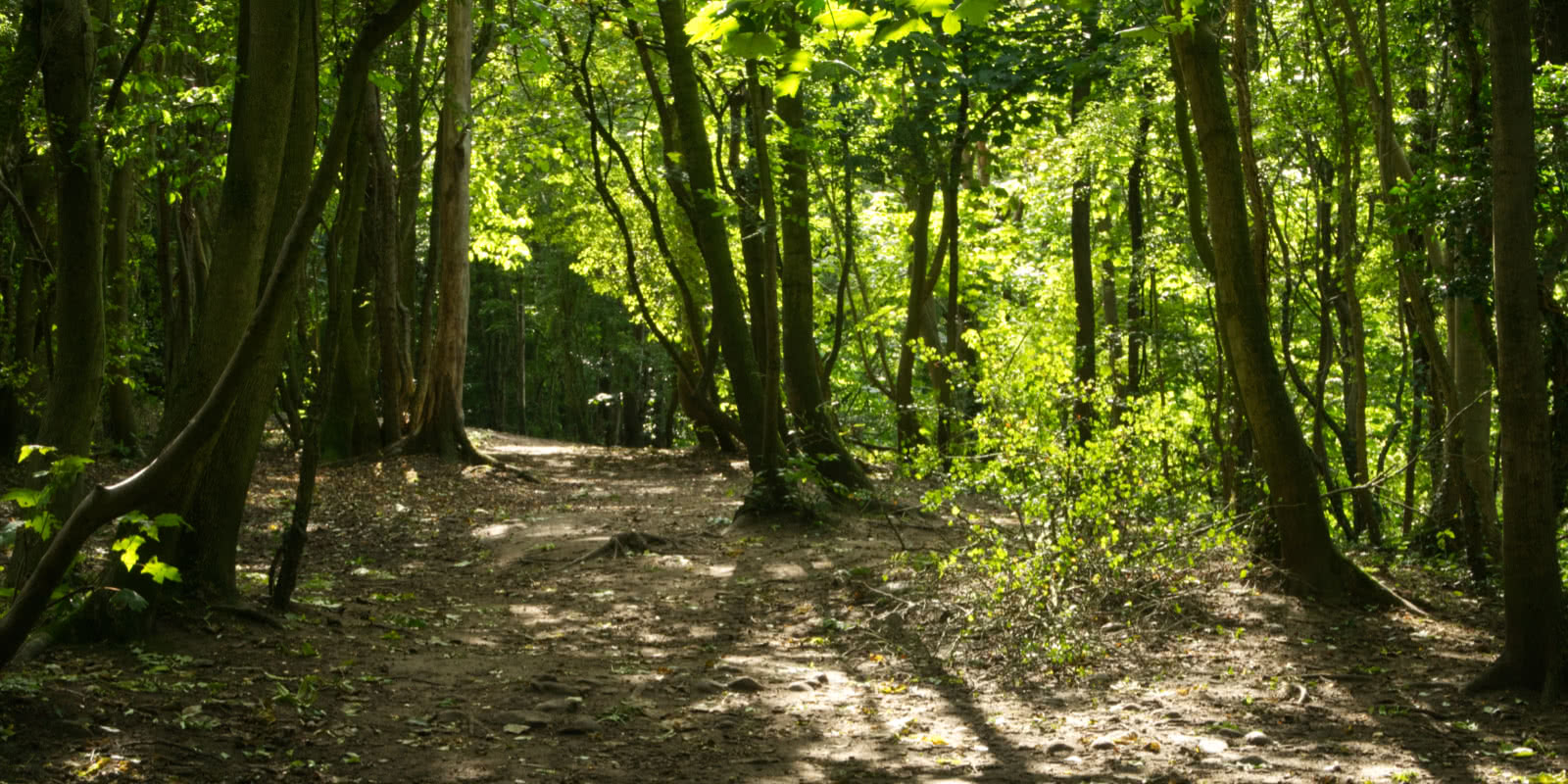Bat Monitoring on Hell Wath
14.07.2023 | Latest News

Bats represent almost a quarter of all native mammals in the UK, but their nocturnal nature means that we aren’t always aware of their presence in our environment. FOHW are now working with the local bat group to monitor bat species and populations across Hell Wath.
Bat monitoring takes place on the last Thursday of each month from April to October ( Sunday being an alternative day if the weather is inclement ). Each walk starts at sunset and takes about 1 ½ hours to complete.
We monitor the bats by walking a set route called a transect, stopping at set points on the way round to complete 5 minutes of watching and listening out for bats using various bat monitors.
Bats use echolocation to communicate with each other, navigate in the dark and forage for food. Basically, different species of bat use different frequencies of echolocation and the bat monitors pick up these signals and allow us to ‘hear’ the bats and identify which species it is. We have learned to pick up bats on the monitors and with the help of the bat group leaders are beginning to appreciate the subtle ways bats use different frequencies and patterns of calls to interact with their environment and each other.
There are currently 17 species of bat known to breed in the UK. The Common Pipistrelle is the most commonly seen bat on Hell Wath and in gardens around Hell Wath. It is widely distributed across the UK and emerges early to feed so it’s still light enough to see them flitting about. The picture featured is a Common Pipistrelle ( provided courtesy of Greg Slack ) and here is a link to a factsheet if you want to know more about it.
We have completed 3 bat walks so far and have confirmed the presence of Common Pipistrelle, Soprano Pipistrelle, members of the Myotis family (there are six, but it needs specialist knowledge to identify which ones are present), Brown Long Eared and possibly a Noctule.
It’s a fun activity so if you fancy coming along, go to ‘Forthcoming Events’ to get details.
